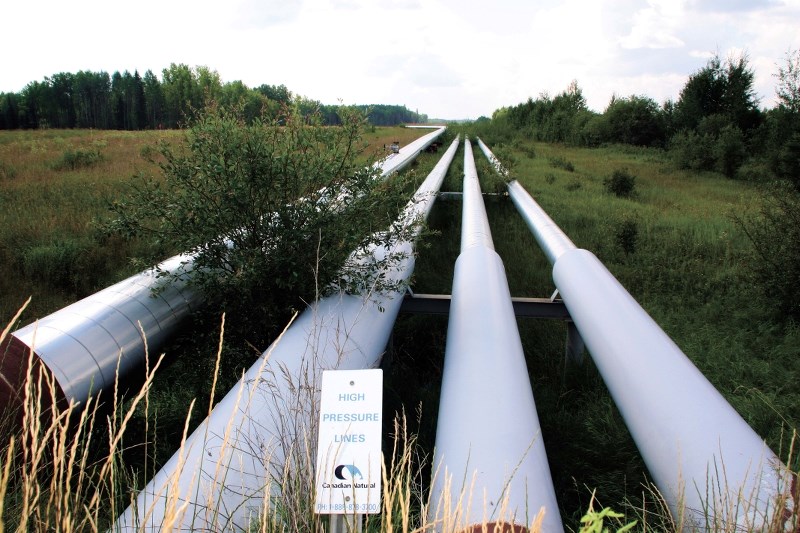Operations at Canadian Natural Resources Ltd's (CNRL) Primrose East site have been permitted to resume after the Alberta Energy Regulator (AER) approved a lower pressure steaming method.
The AER announced last week that wells at the CNRL site have been approved to convert from high pressure cyclic steam simulation (CSS) to low pressure steamflood operations.
“We've accepted CNRL's findings, as well as the findings of the third party independent panel, that indicated that CNRL's steaming strategy was also a causing factor in the flow-to-surface incidents that occurred,” said Bob Curran, director of public affairs with the AER.
“We are confident that implementing a low pressure steamflood should not exacerbate the existing flow to surface sites, nor should it cause new ones to occur.”
Between May and June of 2013, four flow-to-surface incidents happened at CNRL's Primrose East site, causing almost two million liters of bitumen emulsion to seep to the surface. The seepage affected about 20 hectares of land, harmed wildlife and contaminated an unnamed body of water.
On June 27, 2014, CNRL provided the AER with their mandatory causation review that indentified four conditions that enabled or significantly increased the probability of a flow-to-surface event at the Primrose sites.
CNRL's report listed “vertical hydraulically induced fractures” along with “natural fractures and faults” as some of the causes that could have led to the seepages. It also stated that “wellbore pathways” were the most likely “an efficient vertical pathway” for the bitumen to get to the surface.
CNRL is quite confident the conversion to a low pressure operation will limit risks of another flow-to-surface event and plans to begin the new process “as soon as it's feasible” for the operations.
“Steamflood is a continuous process where one well is the dedicated steam injector and an offset well is the dedicated producer,” said Julie Woo, public affairs advisor with CNRL.
“We operate at a lower pressure. A pressure that is less than what would be required to lift fluids into any permeable zones above the bedrock, or to surface. This prevents any flow from the Clearwater creating a flow to surface.”
Curran says that the AER will be closely monitoring the operations and if any more incidents where to occur the approval would be removed.
“If we were to see an increase in flow at any of those existing sites, or if new sites were to be found, we would have them immediately suspend steaming operations,” said Curran.
As for the overall AER investigation, Curran says it is ongoing and expects their findings to be released early next year.
“Our investigation is ongoing,” said Curran. Those were interim reports we got from CNRL and the third party panel, so we are expecting final reports from them by the end of this year and following that we should be prepared to issue our findings and conclude the investigation.”
Mike Hudema, a climate and energy campaigner with Greenpeace Canada, feels that this decision from the AER is foolish and irresponsible.
“This decision makes it clear that Alberta still lacks a credible, independent regulator that is willing to put the public interested ahead of oil industry lobbying. The AER admits that even though its investigation into CNRL's four ongoing spills isn't complete, it will allow the company to restart operations at a site that is still spilling,” said Hudema.
“As the first decision under new Premier Jim Prentice's watch, this is a worrying sign for people who care about the environment and for communities affected by tar sands development.”



